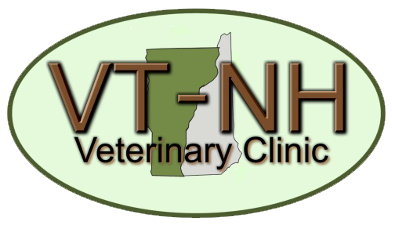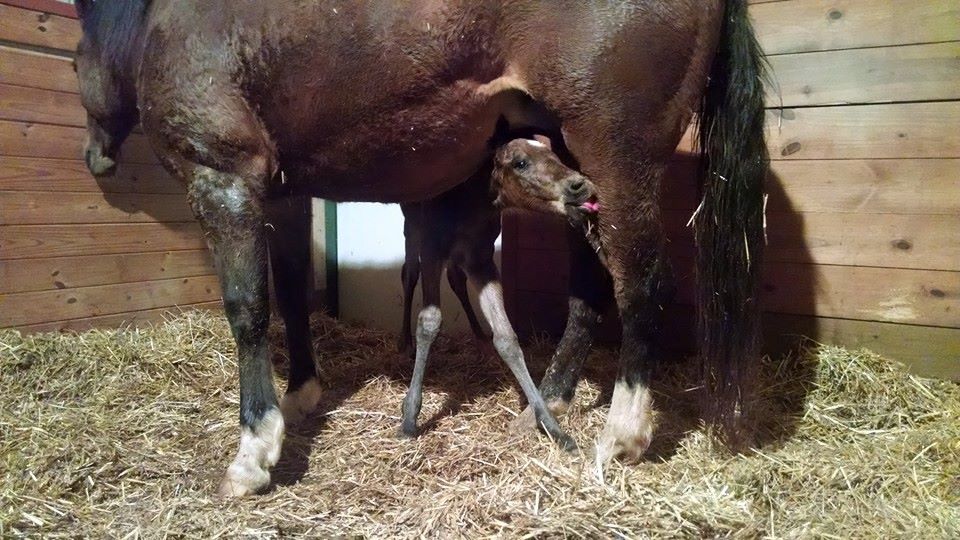Springtime is foal time! Foals require a lot of prep work, and pregnant mares require extra care from your veterinarian to make sure they are ready to give birth. Are you ready? Spring is baby season. This time of year elicits the excitement of having a new foal, but many horse owners worry about the arrival of a newborn foal. Preparation can help ease the transition from pregnancy to new mom, and keep both mom and baby safe and healthy. Mares should be kept up to date on their vaccines, on a good targeted deworming program, and have their teeth checked at least once a year. 3-4 weeks prior to their due date, they should have booster vaccines to ensure they have good antibody levels (more on this later!). Your mare should be in a safe, well maintained paddock with a good fence that the new foal cannot roll beneath. If the mare will foal in a stall, make sure the stall is large, clean, and deeply bedded. She should be acclimated to the stall well before her anticipated due date.
As your mare’s due date approaches, there are several ways to more closely pinpoint the actual day so you don’t spend many sleepless nights in the barn watching her like a hawk. Milk testing kits, such as Predict A Foal, are quite reliable – these test the electrolyte levels in the milk. Some farms use the reusable FoalAlert, which is sutured to the lips of the vulva, and alerts the owner when the magnets are pushed apart as the foal’s feet begin to enter the birth canal. Cameras can be used to monitor your mare’s activity at night, but require dedicated personnel to monitor.
Here is a great article about predicting foaling http://www.thehorse.com/articles/33682/how-to-predict-when-a-mare-will-foal .
This video (<4 minutes) gives a rundown of 5 things you need to know http://www.thehorse.com/videos/31507/5-things-you-need-to-know-newborn-foals
The 1, 2, 3, Rule
Did you know that a foal should stand within 1 hour of birth, nurse within 2, and the mare pass the placenta within 3? If your new mom and baby aren’t following this simple guideline, it’s time to place an emergency call to your veterinarian. Each of these steps represents a vital milestone in the transition from pregnant mare to healthy new mom and newborn. Because horses are a prey species, foals must be able to stand almost immediately after birth. Within a few hours they are able to run. If a foal cannot stand, they aren’t able to nurse and get the vital first milk (called colostrum). This is especially important because foals are born with little to no immune system. Colostrum is filled with IgG (immunoglobulin) and other vital proteins that provide the foal with antibodies derived from the mare’s immune system. That’s why it’s so important to make sure your mare gets booster vaccines 3 weeks prior to her anticipated foaling date, and to have the vet out 24 hours post foaling to check the baby’s IgG levels. Failure to get adequate levels leaves the foal vulnerable to life-threatening infection.


